
About Tyrannosaurs
Tyrannosaurs explored the most feared and revered of all dinosaurs, bringing the latest palaeontological discoveries to life and challenging preconceptions about these ferocious predators.
While the most famous of the species is the mighty T. rex, tyrannosaurs came in all shapes and sizes, and their history extends over 100 million years. The exhibition featured extremely rare fossil specimens, cast skeletons – including one of ‘Scotty’, one of the largest and most complete T. rex skeletons in the world – and incredible models of feathered dinosaurs. Visitors explored the diversity of tyrannosaur skulls and found out what variations in structure can tell us about different hunting and feeding strategies.
Tyrannosaurs used cutting-edge technology, including hands-on and multimedia experiences and an interactive augmented reality experience where visitors could play with life-sized dinosaurs in the gallery.
Despite their final demise during one of Earth’s biggest mass extinction events, tyrannosaurs live on both in popular imagination and even through to their present-day bird cousins.
Tyrannosaur research is one of the hottest areas in palaeontology – several species have been described in just the past decade – and exciting new discoveries are regularly re-drawing the family tree.
'Jurassic thrills which will have kids gasping in the greatest amazement, and which are bound to make it a guaranteed hit.'
The List
'Fascinating'
Herald Scotland
'Roarsome, jawsome, awesome!'
Primary Times
Inside the exhibition
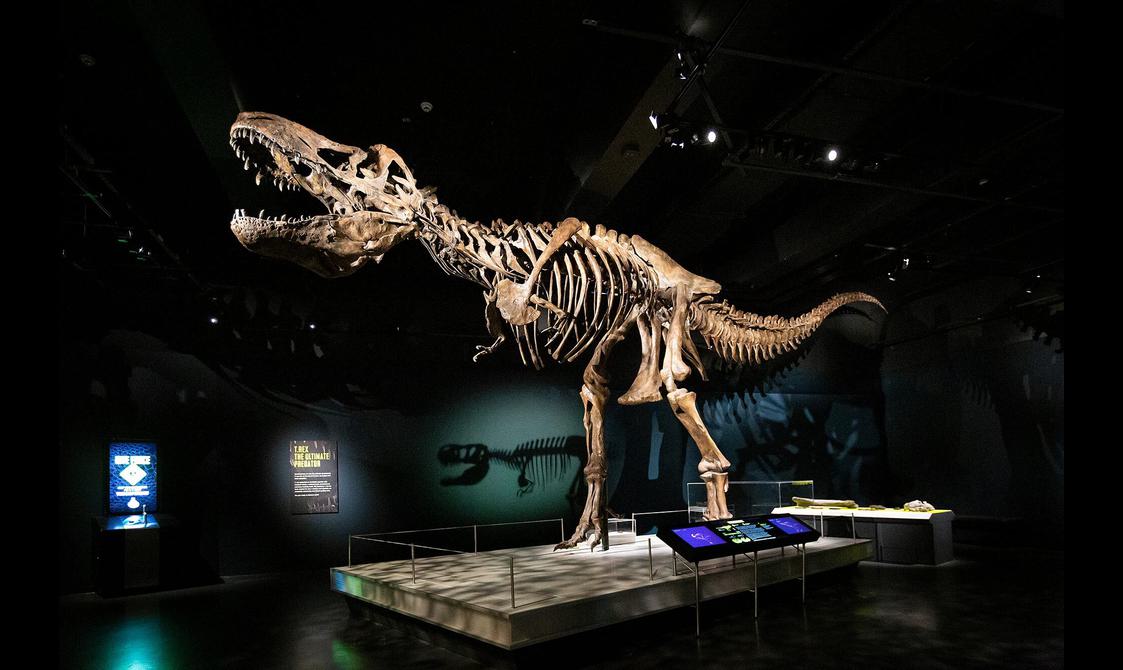
T.rex on display in the Tyrannosaurs exhibition
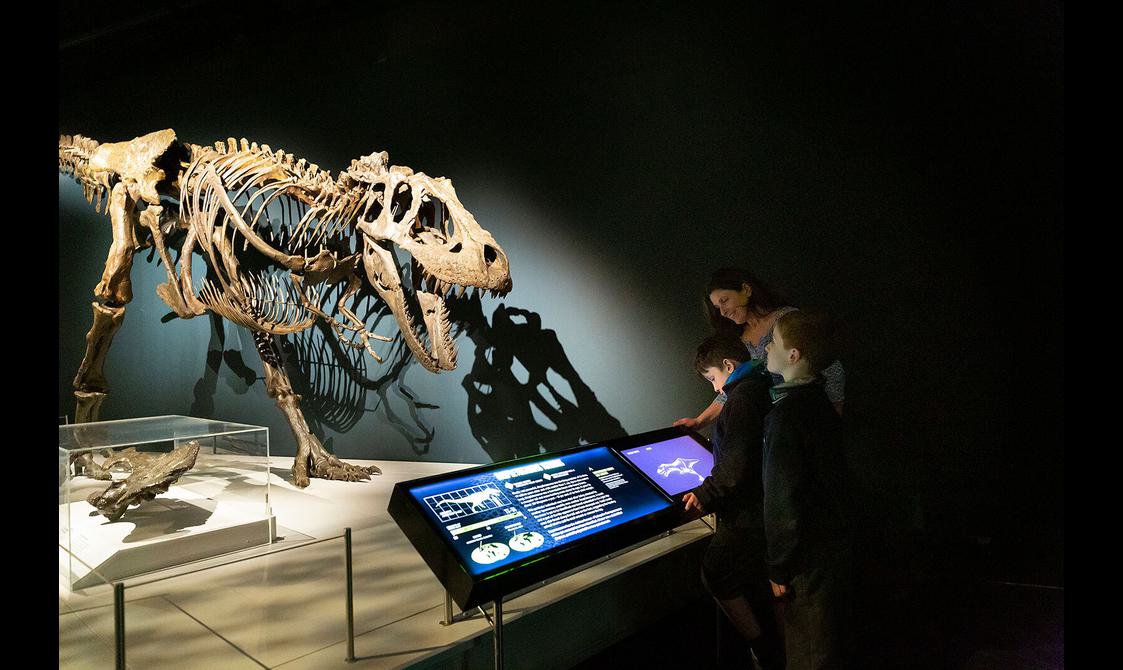
T.rex in the Tyrannosaurs exhibition, 2020
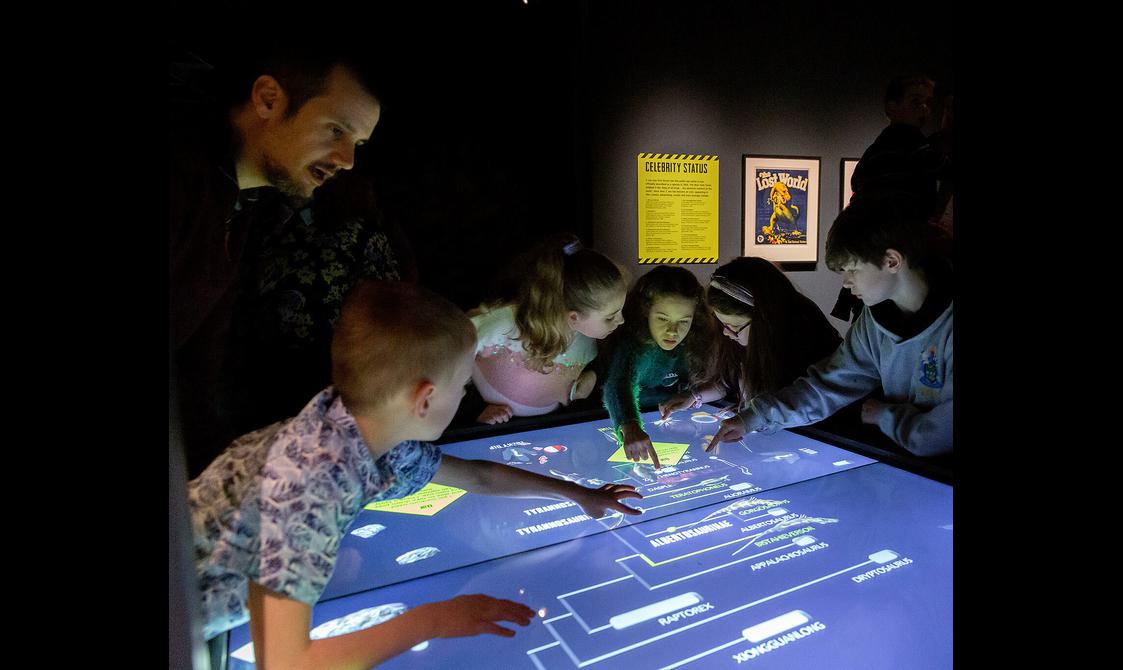
Interactive touchscreen in the Tyrannosaurs exhibition, 2020
Behind the scenes
Take a look behind the scenes and watch the construction of Scotty the T. rex.
Visitor views
Created by the Australian Museum and toured internationally by Flying Fish
Supported by players of People’s Postcode Lottery
You might also like
- Discover
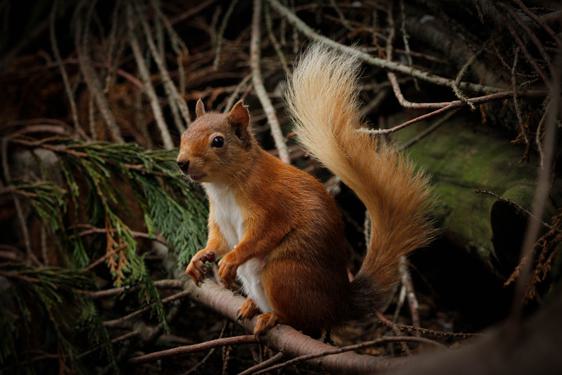
Scotland's native wildlife
Scotland is home to a wide variety of wildlife. Among the most recognisable species are red deer, which are monarchs of the glen, standing proud and majestic against the skyline.Scotland is home to over 90,000 species. The land, seas, and…Keep reading - Discover
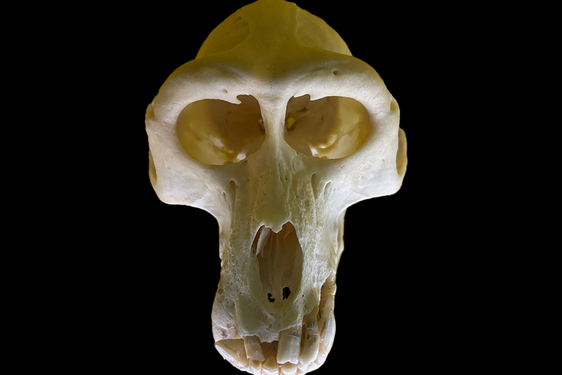
6 world-class type specimens in our stores
Written by Dr Andrew Kitchener, Dr Rachel Walcott & Dr Andrew RossType specimens are among the most important objects in natural science collections. They are the specimens on which the scientific names of species of animals, plants or minerals are based. Animals and plants are named using the Linnaean…Keep reading - Discover
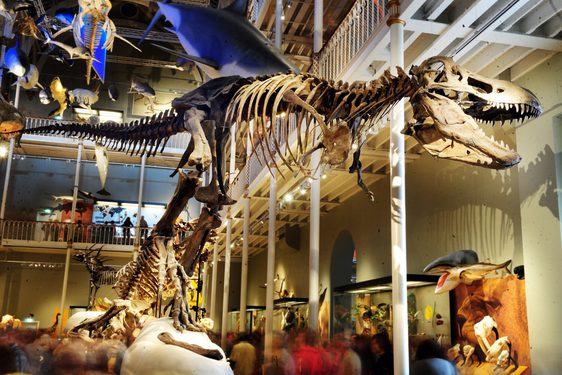
Tyrannosaurus rex
It is 66 million years since Tyrannosaurus rex (T. rex) actually walked the earth. But the T. rex at the National Museum of Scotland brings people as close as possible to appreciate the scale and power of the real thing.Keep reading

